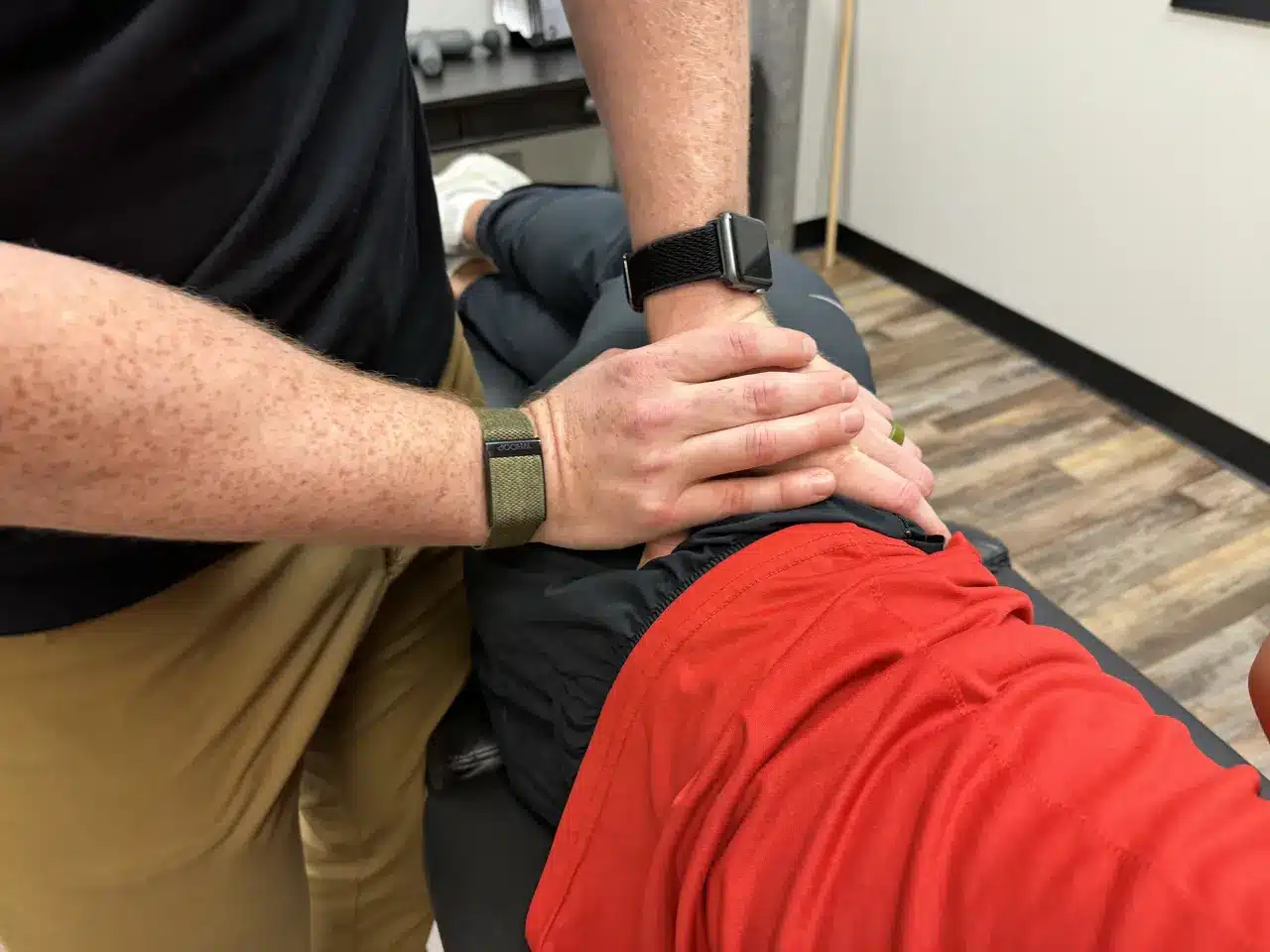Understanding sports injuries and the need for rehabilitation services
Injuries during sports are common and can affect athletes of all levels. Rehabilitation services play a crucial role in helping athletes recover from these injuries and get back to their peak performance. With the right guidance and treatment, athletes can regain strength, flexibility, and mobility, ultimately reducing the risk of reinjury. Sports rehabilitation services focus on creating personalized recovery plans that address the specific needs of each athlete, encompassing therapeutic exercises, manual therapy, and functional training. It is essential to understand the significance of these services in the overall recovery process and the long-term well-being of athletes.
Types of sports injuries that require rehabilitation
Some common sports injuries that require rehabilitation include:
- Sprains and Strains: Often occur in ankles, knees, and wrists due to overstretching or tearing of ligaments or muscles.
- Fractures and Dislocations: Bones can break or move out of place due to impact or force.
- Tendonitis and Bursitis: Inflammation of tendons or bursae, usually caused by repetitive motions or overuse.
- Concussions: Head injuries resulting from a blow to the head, often seen in contact sports.
- Overuse Injuries: Repetitive actions causing stress on the muscles, tendons, and bones, leading to conditions like stress fractures and tendon injuries.
These are just a few examples, but many types of sports injuries can benefit from rehabilitation to aid in recovery and prevent long-term damage.
Identifying the right rehabilitation services for sports injuries
You must focus on finding the right rehabilitation services for your sports injury. Consider the following factors when making your decision:
- Expertise: Look for a rehabilitation center with specialized expertise in sports injury treatment. Their experience in handling such injuries can make a significant difference in your recovery.
- Individualized Treatment Plans: Seek a facility that offers personalized treatment plans tailored to your specific injury and needs. Personalized care can help optimize your recovery process.
- Rehabilitation Equipment: Ensure that the facility is equipped with modern rehabilitation tools and equipment to enhance the effectiveness of your treatment.
- Reputation: Consider the center’s reputation by gathering feedback from past patients. Positive reviews and success stories can give you confidence in their services.
- Collaboration with Sports Professionals: Look for a facility that collaborates with sports professionals such as physical therapists, athletic trainers, and sports medicine doctors for a comprehensive approach to your rehabilitation.
Remember, finding the right rehabilitation services is crucial for your recovery and long-term well-being.
The role of manual therapy in sports injury rehabilitation
Manual therapy plays a crucial role in rehabilitating sports injuries by helping athletes regain strength, flexibility, and mobility. Here’s how it contributes to the recovery process:
- Restoring Movement: Manual therapy focuses on restoring the athlete’s range of motion and flexibility in the injured area. This aids in preventing stiffness and improving overall function.
- Building Strength: Through targeted exercises and techniques, manual therapy helps to rebuild the strength of muscles and tissues affected by the sports injury. This is essential for a safe return to physical activity.
- Pain Management: Therapists employ various methods to alleviate pain and discomfort, enabling athletes to perform exercises and movements without aggravating their injuries.
- Preventing Recurrence: By addressing muscular imbalances and weaknesses, manual therapy aims to reduce the risk of future injuries, ensuring athletes can return to their sport with increased resilience.
In summary, manual therapy is an integral component of sports injury rehabilitation, contributing to the athlete’s overall recovery and long-term well-being.
Rehabilitation exercises and techniques for specific sports injuries
Rehabilitation exercises and techniques focus on specific sports injuries to help athletes regain strength, flexibility, and mobility. These exercises are tailored to each injury, such as sprains, strains, or fractures, and are designed to improve the affected area while minimizing the risk of re-injury. For instance:
- Ankle sprains often require exercises that strengthen the muscles around the ankle joint and improve stability. These might include calf raises, ankle circles, and resistance band exercises.
- Shoulder injuries may benefit from exercises that focus on improving range of motion and strengthening the muscles around the shoulder joint. This could involve pendulum exercises, shoulder external rotation exercises, and wall push-ups.
Creating a personalized rehabilitation plan
To create a personalized rehabilitation plan, our team at Head 2 Toe will assess your specific needs by evaluating the nature and severity of your sports injury. They will consider your physical condition, medical history, and any previous treatments. After this assessment, they will develop a tailored plan to help you recover and regain your strength and mobility. The personalized plan may include a combination of exercises, physical therapy, and possibly other treatments, all focused on addressing your unique injury and helping you to return to your active lifestyle.
The importance of mental and emotional support in sports injury rehabilitation
Mental and emotional support play a crucial role in the rehabilitation process for sports injuries. Here are a few reasons why they are important:
- It can help athletes cope with the psychological impact of the injury, such as frustration, anxiety, and depression.
- Emotional support from coaches, teammates, and family can motivate the injured athlete to stay positive and committed to the recovery process.
Remember, seeking professional help for mental and emotional support is as important as physical rehabilitation for a successful recovery.
Rehabilitation equipment and tools used in sports injury recovery
Rehabilitation equipment and tools play a crucial role in helping athletes recover from sports injuries. These tools include resistance bands, stability balls, and exercise mats to improve strength and flexibility. Additionally, foam rollers and massage balls are used for myofascial release and muscle relaxation. Balance boards and wobble cushions aid in balance training, while plyometric boxes and agility ladders assist in enhancing coordination and agility. Furthermore, therapeutic modalities such as electrical stimulation and ultrasound machines are employed to manage pain and promote tissue healing. A combination of these tools and equipment is essential in the effective rehabilitation of sports injuries.
Measuring progress and adjusting the rehabilitation plan
To measure your progress during rehabilitation, your physical therapist will use various assessments to evaluate your strength, flexibility, and range of motion. They may also track your pain levels and how well you can perform specific movements. Based on these assessments, they will adjust your rehabilitation plan as needed to ensure that you continue to progress toward recovery. Your therapist may increase or decrease the difficulty of exercises, modify treatment techniques, or introduce new exercises to address specific areas of concern. This personalized approach helps to optimize your rehabilitation and maximize your chances of a successful recovery.
Success stories and the future outlook for sports injury rehabilitation
Many athletes have successfully recovered from their sports injuries through rehabilitation services. These success stories inspire others to believe in the effectiveness of sports injury rehabilitation. As technology and research advances, the future outlook for sports injury rehabilitation looks promising, with innovative techniques and treatments continually being developed to improve recovery outcomes.
Exercises You Can Do at Home after a Visit to the Chiropractic Clinic
Stay active at home with exercises from ‘Exercises You Can Do at Home after a Visit to the Chiropractic Clinic’.
Read MoreAthletic Therapy: A Vital Component in Sports Rehabilitation
Discover the importance of athletic therapy in sports rehabilitation in our insightful blog on ‘Athletic Therapy: A Vital Component in Sports Rehabilitation’.
Read MoreA Comprehensive Guide to Spinal Therapy for Athletes
Discover the benefits of spinal therapy for athletes in our comprehensive guide ‘A Comprehensive Guide to Spinal Therapy for Athletes’.
Read MoreHow Chiropractic Techniques are Advancing in Pain and Injury Treatment
Discover the latest advancements in pain and injury treatment through innovative chiropractic techniques.
Read MoreSpine Rehabilitation: How Corrective Exercises Can Help with Posture and Pain Relief
Discover how corrective exercises in spine rehabilitation relieve pain and improve posture – read more now!
Read MoreCorrective Exercises: Your Secret Weapon Against Chronic Pain
Combat chronic pain with corrective exercises featured in ‘Corrective Exercises: Your Secret Weapon Against Chronic Pain’.
Read More





